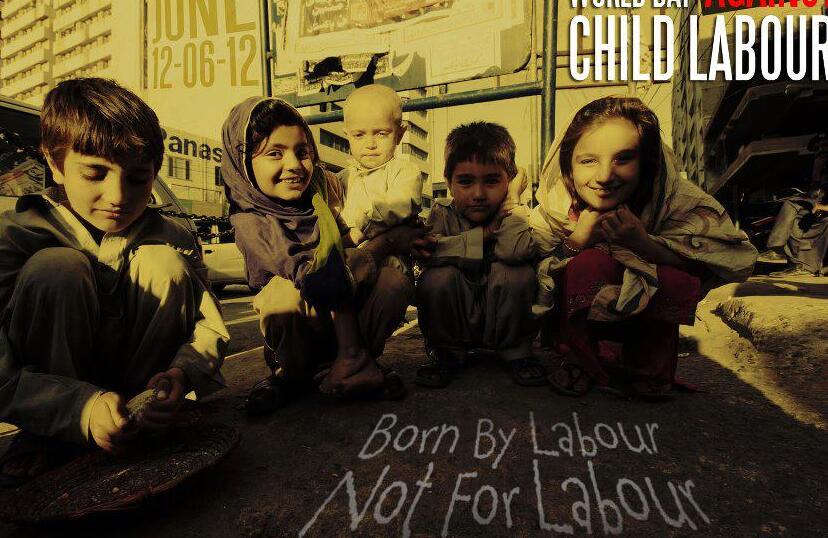One of the world’s most serious problems is the use of child labour. June 12 is the World Day Against Child Labour. All around the world people will take part in activities to raise awareness of the damage child labour does to children, families and societies. The day is also one on which the world promotes the human rights of children. The United Nations set out in its Millennium Development Goals a number of targets to help prevent child labour. By 2015, it hopes all children complete their primary education and that there is equality in education. To do this, governments must take steps to reduce poverty and provide enough jobs for adults. These are the two main reasons why we have child labour today.

There are over 250 million children worldwide who work in some kind of labour. Eighty percent of these, around 200 million, work in dangerous and hazardous conditions. A senior UNICEF spokesperson on child protection said: “Child labour is a widespread phenomenon all over the world. When that work stands between a child and his or her chances for education, or affects his or her health, then we consider this a violation of the rights of children.” There are many terrible forms of child labour. These include working in dangerous mines deep below the ground and being a slave in the sex industry. Many children are sold by their parents to raise money. Many more are beaten and abused by cruel employers, or sold by child traffickers.
译文属可可英语原创,未经允许,不得转载。













